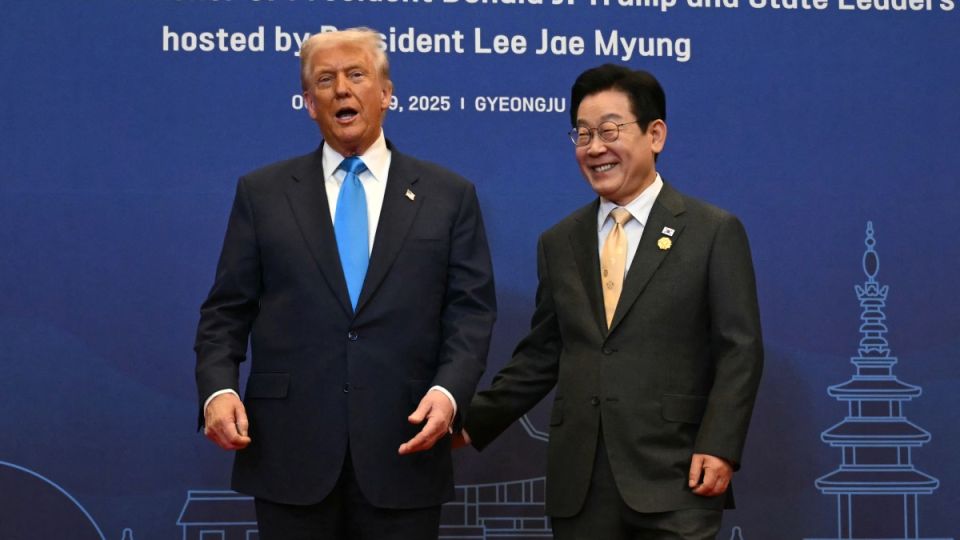November 12, 2025
SEOUL – As progress on finalizing a trade deal between South Korea and the United States continues to stall, discrepancies between the two sides over where South Korea’s nuclear submarines should be built have drawn media attention.
Amid the deadlock over which country’s shipyard should handle construction, experts say Washington’s proposal appears unrealistic without major investments and workforce training, citing limited shipbuilding capacity and manpower at US yards.
“Facility investment would be a prerequisite to build submarines at US shipyards,” said Jeong Han-beom, a professor of security policy at the Korea National Defense University. “Considering the time and the cost it would take to prepare the facilities, the shipbuilding process would greatly deviate from our current plans.”
Kim Heung-kyu, a political science professor and director of the US-China Policy Institute at Ajou University, said building the submarines at a South Korean shipyard is about safeguarding the national interest, as it would protect cutting-edge shipbuilding technologies and skilled personnel. Describing US President Donald Trump’s assertion that the new submarines should be built in US shipyards as “a domestic political appeal,” he said that having the US shipyard build South Korea’s new submarine would achieve neither of those aims.
“From Trump’s standpoint, bringing in the submarine-building technology to US shipyards and nurturing local talent would be more helpful,” Kim said. “The problem is that, from Korea’s perspective, no one is certain when the submarines could be built if so.”
On Oct. 29, South Korean President Lee Jae Myung requested during his summit with Trump in Gyeongju, North Gyeongsang Province, US permission for South Korea to build nuclear-powered submarines that would conduct maritime defense operations in the seas surrounding the Korean Peninsula.
Shortly after the request, Trump declared in a post on Truth Social that South Korea has his approval to do so if the vessel is built at a shipyard in Philadelphia, although the presidential office countered that the premise of the agreement was that the vessel would be built in South Korea.
So far, six countries — China, France, India, Russia, the United Kingdom and the US — are believed to possess nuclear-powered submarines.
Presidential chief of staff Kang Hoon-sik previously said that both Seoul and Washington had agreed that coordination between the two over a joint document regarding the new trade deal, such as a joint fact sheet or memorandum of understanding, was to come by the end of last week, which ultimately did not come to fruition.
Now, the biggest obstacle to the Seoul-Washington deal — comprising two pillars of trade and security — is that it is the US Department of Energy that is to review the feasibility of approving South Korea’s use of enriched uranium as fuel for the new submarine, not the State Department or Department of Defense, Jeong said.
“They’re only looking at it from their own policy perspective, not from the perspective of the two countries being in an alliance,” Jeong said.
Kim of Ajou University expressed belief that the negotiation gridlock would soon be resolved, as the US would otherwise lose its crucial strategic option for South Korea to support the US not only in submarines, but also in shipbuilding more broadly.
“If we present our stance clearly (that the submarines should be built in a South Korean shipyard), the US will unlikely have the entire deal collapse just because of this difference,” Kim said. “If this agreement with Korea breaks down, the United States will have few other options.”


